Israel accused of killing 75 children during day of 'carnage' and war crimes in Gaza war
Israel disputes claims that at least 135 civilians were killed during four days of 'indiscriminate' attacks in Rafah after the capture of an IDF soldier
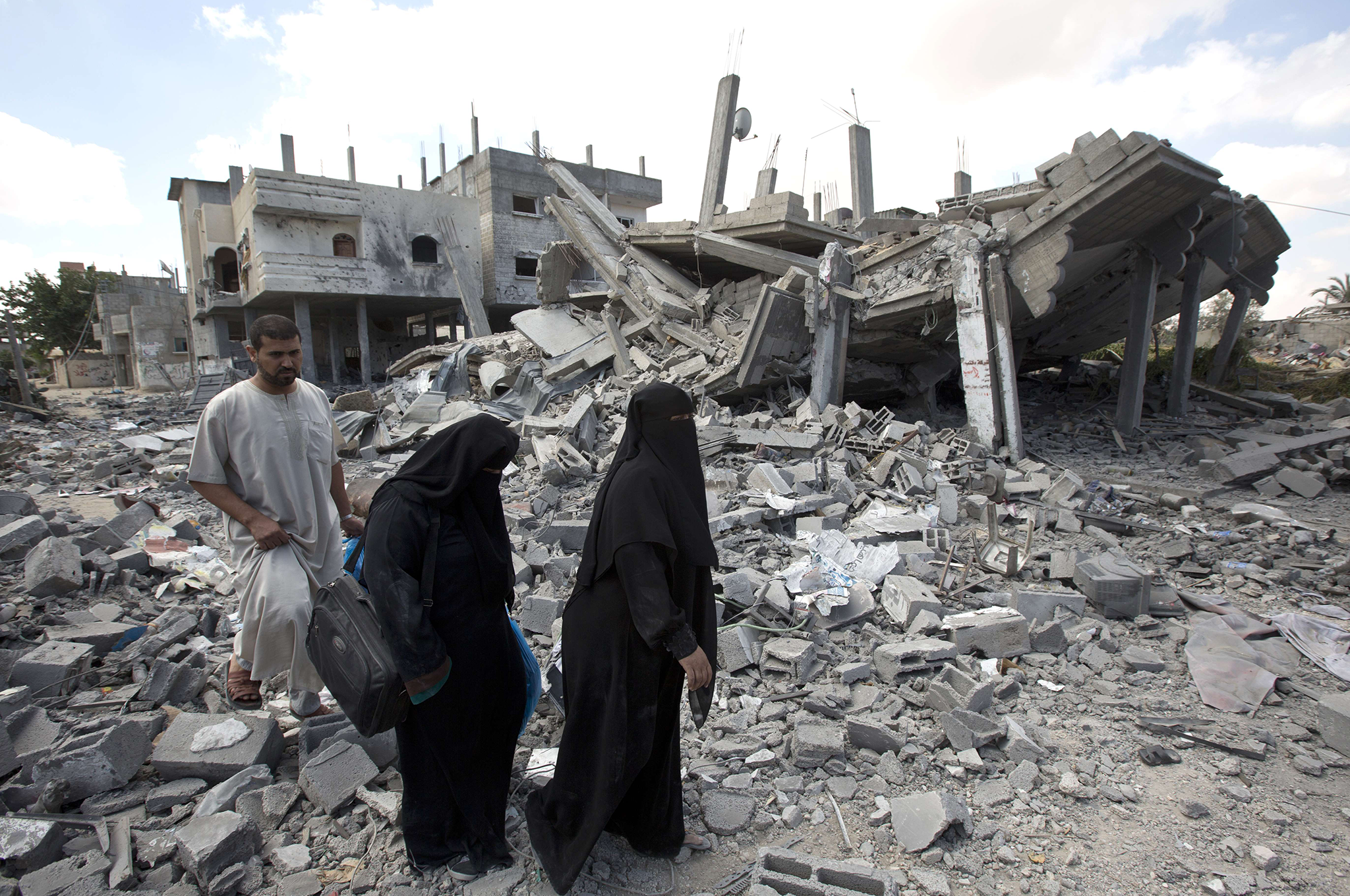
Your support helps us to tell the story
From reproductive rights to climate change to Big Tech, The Independent is on the ground when the story is developing. Whether it's investigating the financials of Elon Musk's pro-Trump PAC or producing our latest documentary, 'The A Word', which shines a light on the American women fighting for reproductive rights, we know how important it is to parse out the facts from the messaging.
At such a critical moment in US history, we need reporters on the ground. Your donation allows us to keep sending journalists to speak to both sides of the story.
The Independent is trusted by Americans across the entire political spectrum. And unlike many other quality news outlets, we choose not to lock Americans out of our reporting and analysis with paywalls. We believe quality journalism should be available to everyone, paid for by those who can afford it.
Your support makes all the difference.Israeli forces have been accused of carrying out war crimes during a day of “carnage” in the Gaza Strip that has been called Black Friday.
A report by Amnesty International on alleged atrocities in Rafah during last year’s conflict with Hamas claims Israeli forces killed at least 135 Palestinian civilians, including 75 children, following the capture of a soldier.
Lieutenant Hadar Goldin, 23, was with a unit searching for tunnels between Gaza and Israel when a fight started with militants and he disappeared on 1 August 2014.
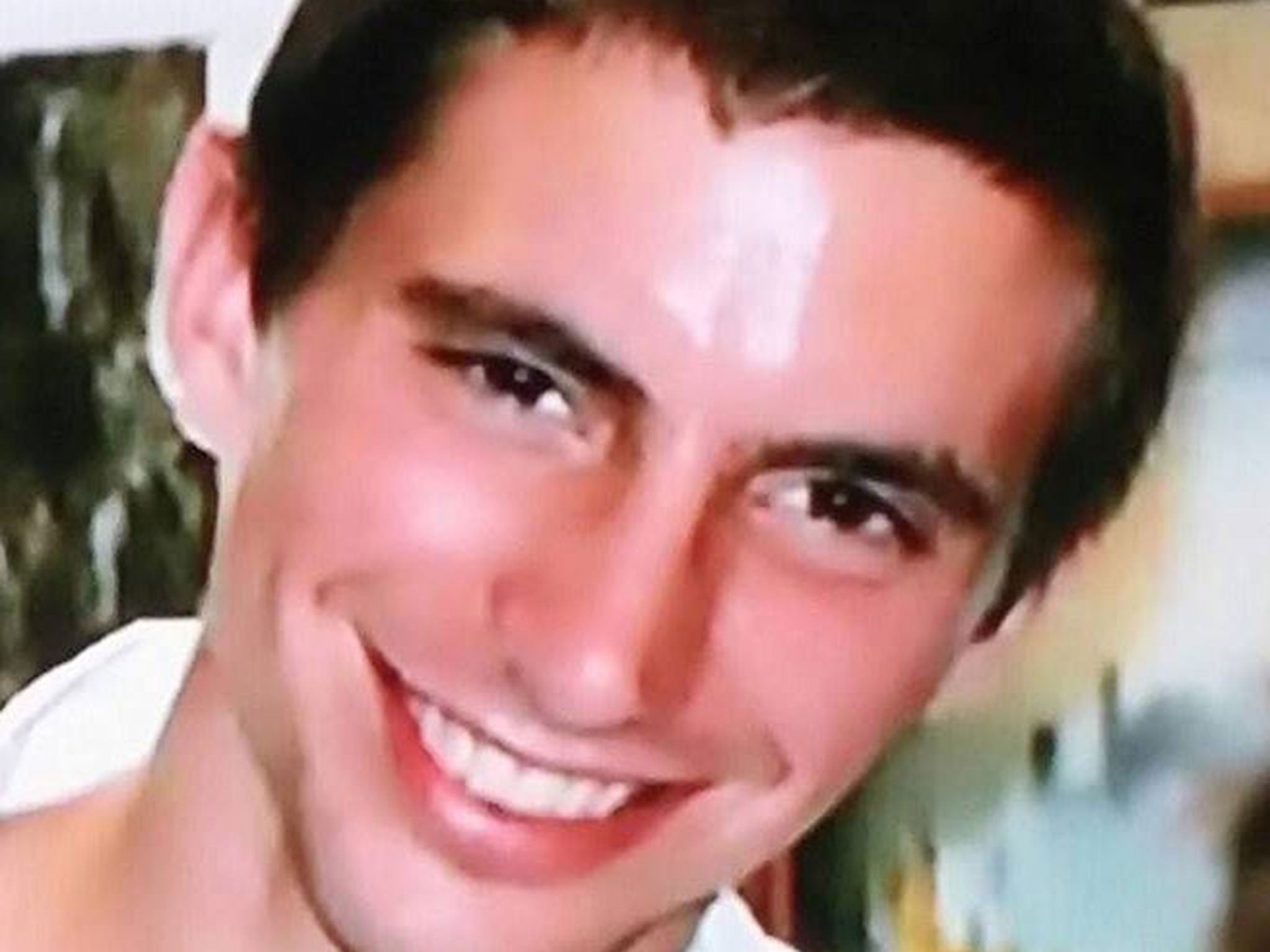
Philip Luther, director of Amnesty International’s Middle East programme, claimed that the “relentless and massive bombardment” that ensured in residential areas of Rafah was a direct response to the capture and displayed a “shocking disregard for civilian lives”.
“They carried out a series of disproportionate or otherwise indiscriminate attacks, which they have completely failed to investigate independently,” he added.
“This report presents an urgent call for justice that must not be ignored.
“The combined analysis of hundreds of photos and videos, as well as satellite imagery and testimony from eyewitnesses, provides compelling evidence of serious violations of international humanitarian law by Israeli forces which must be investigated.”
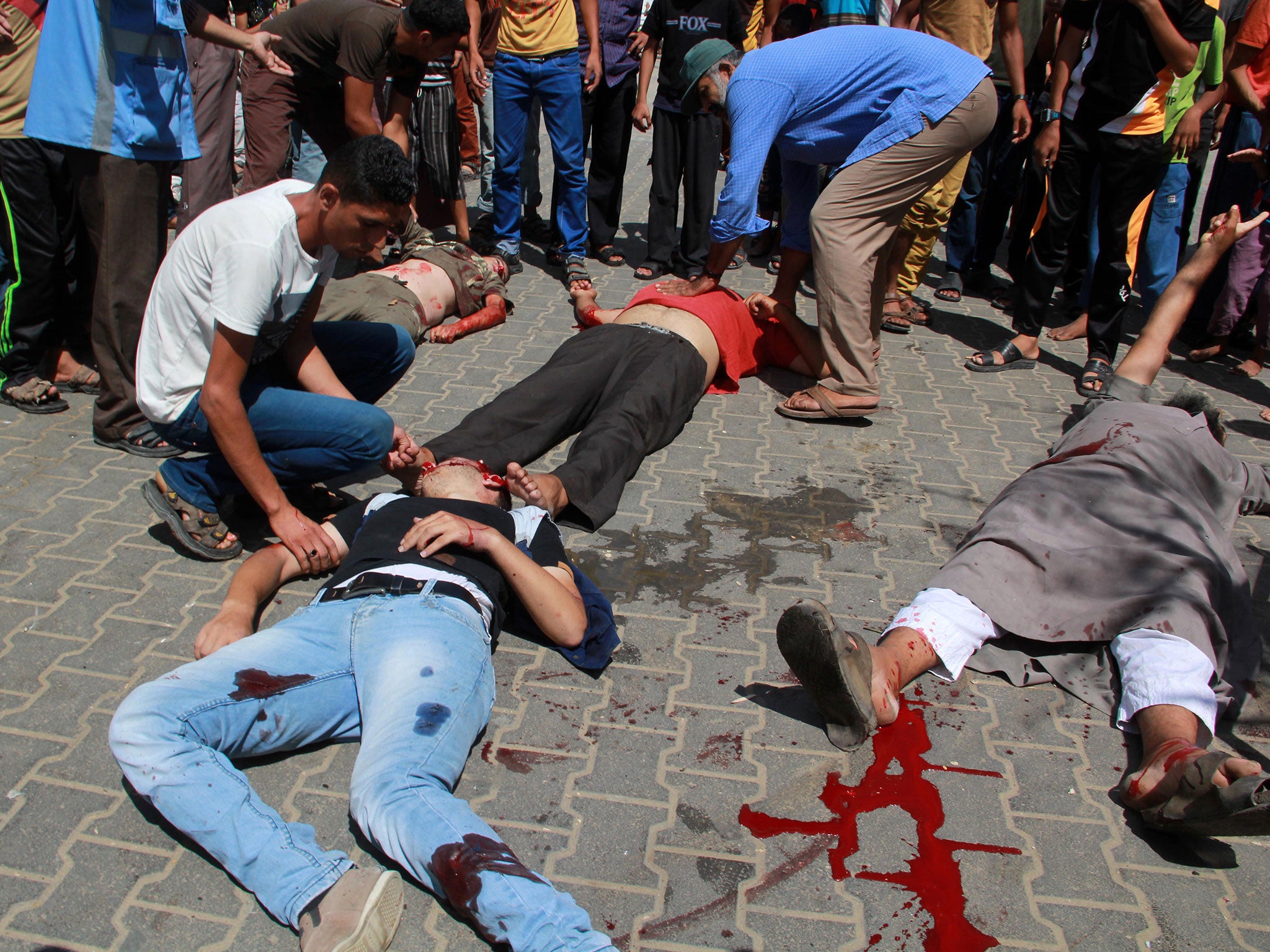
The report, ‘Black Friday’: Carnage in Rafah, was compiled with Goldsmiths University’s London-based researchers Forensic Architecture and covers incidents over four days starting on 1 August, when a ceasefire broke down.
Using interviews, video footage, photographs and other evidence the researchers pieced together a timeline of events concluding that the Israeli Defence Forces (IDF) “Hannibal Directive” had been enacted.
The controversial military procedure could be the subject of criminal investigation in Israel, where officials admitted it was enacted on the day of Lt Goldin’s disappearance.
Under the directive, Israeli forces can respond to the capture of a soldier with intense firepower which some analysts have claimed aim to kill the soldier rather than let them fall alive into enemy hands.
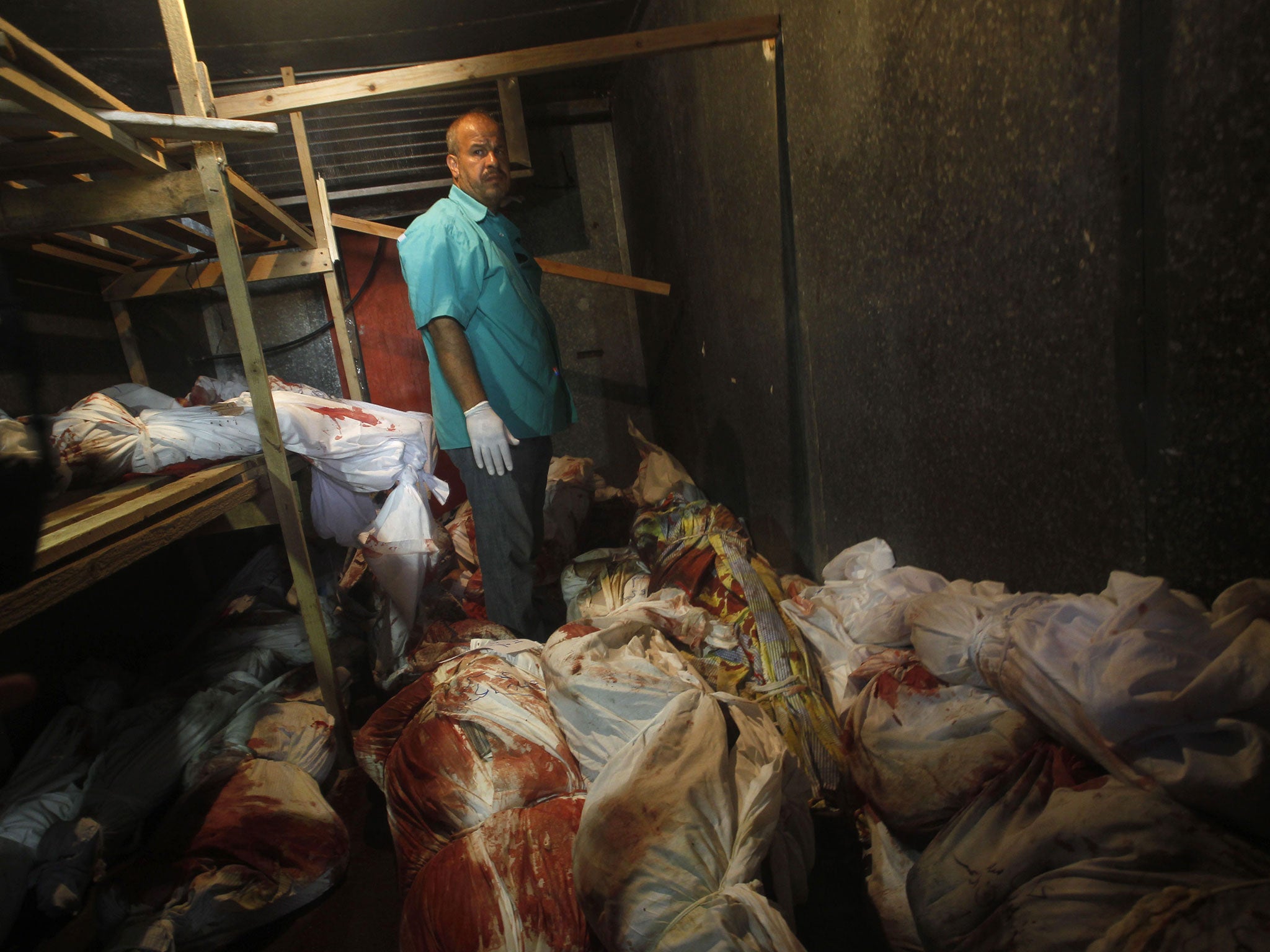
Mr Luther said the goal was to “foil Lt Goldin’s capture at any cost…seeing entire districts of Rafah, including heavily populated residential areas, bombarded without distinction between civilians and military targets”.
In an interview with Haaretz earlier this year, Military Advocate General Maj. Gen. Danny Efroni said the “Hannibal Directive” does not target soldiers or allow violations of international law.
But Amnesty’s report found that civilians had returned to their homes in Rafah believing they were safe during an agreed ceasefire on the day when bombardment “began without warning”, with masses of people on the streets.
“Eyewitness accounts described horrifying scenes of chaos and panic as an inferno of fire from F-16 jets, drones, helicopters and artillery rained down on the streets, striking civilians on foot or in cars, as well as ambulances and other vehicles evacuating the wounded,” a spokesperson said.
One witness described the attacks that day as an attempt to pulverise Rafah’s civilians, likening the onslaught to “a machine making mincemeat out of people without mercy”.
In one of the deadliest incidents, researchers and military experts told Amnesty that two one-tonne bombs – the largest in Israel’s air force arsenal – were dropped on a single-storey building in al-Tannur in eastern Rafah.
Satellite images and photographs also appeared to show craters and other damage indicating that hospitals and ambulances were attacked repeatedly during the assault on Rafah, with one doctor describing patients and medics fleeing Abu Youssef al-Najjar hospital.
An ambulance carrying a wounded old man, woman and three children was reportedly struck by a drone-fired missile, incinerating everyone inside.
Amnesty International said the investigation revealed “compelling evidence yet of serious violations of international humanitarian law” and claimed a “cycle of impunity” continued to turn.
The group also condemned Hamas’ systematic attacks on civilian areas of Israel and the summary killing of Palestinian civilians in Gaza but maintained that Israeli authorities have failed to conduct “credible, independent and impartial investigations” into their own alleged violations.
"Victims and their families have a right to justice and reparation. And those suspected of ordering or committing war crimes must be prosecuted,” Mr Luther said.
An IDF report from 1 August claimed the 72-hour ceasefire it agreed to had been violated by Hamas and it had responded proportionately.
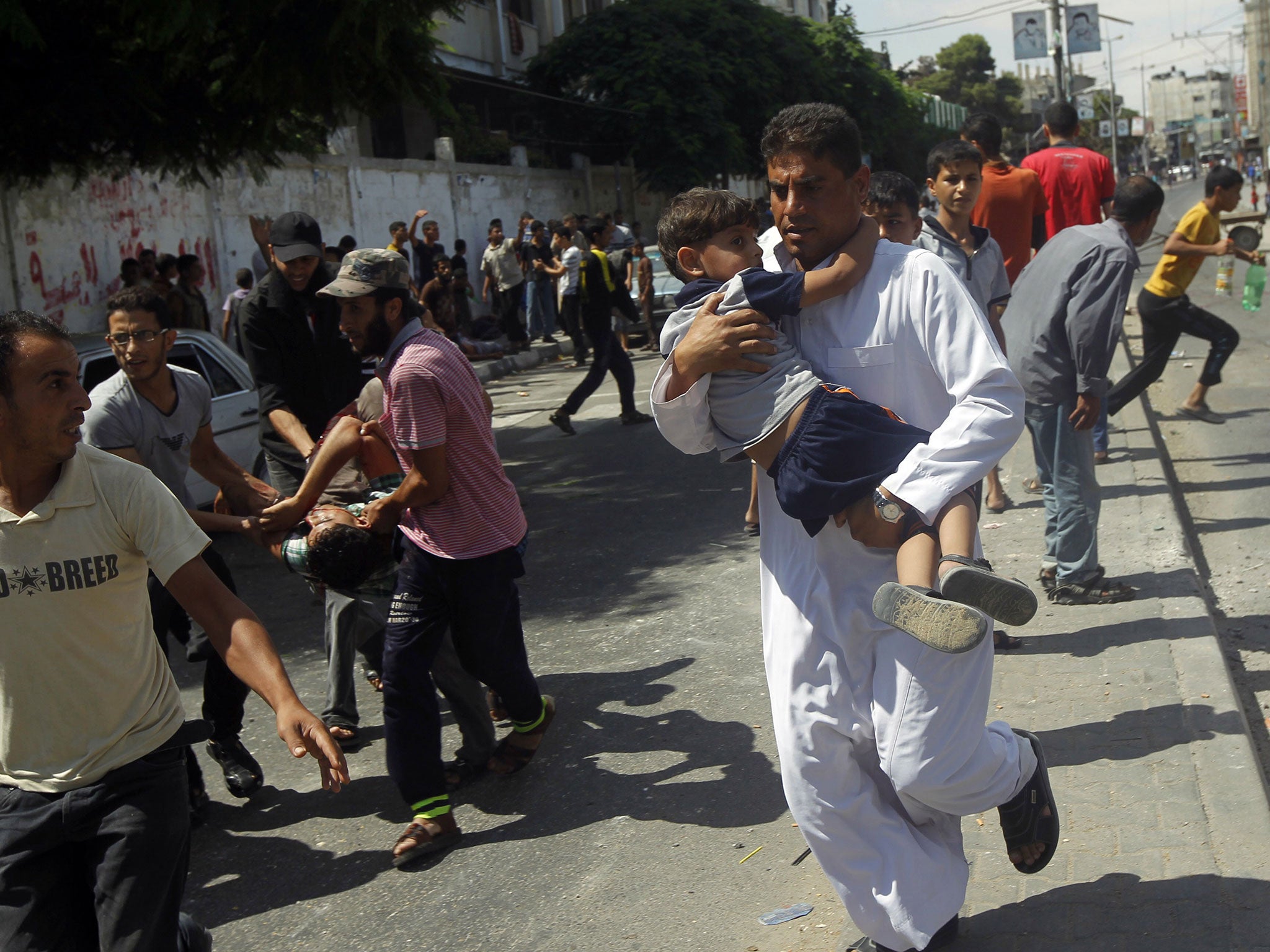
“Hamas used this opportunity to fire rockets into Israel and attack IDF forces in Gaza,” its website said at the time.
“During these clashes, a soldier may have been kidnapped by the terrorist organisation.”
Some of the alleged incidents documented in the report are already under investigation by the IDF’s General Staff Fact-Finding Assessment Mechanism and the findings will be used by the Military Advocate General when deciding whether to open a criminal investigation.
But a spokesperson from the Israeli Embassy called Amnesty’s report “fundamentally flawed” in its methodology, facts, analysis and conclusions, alleging that the group is biased against Israel.
Not enough focus was given to the atrocities and attacks committed by Hamas and its embedding of rocket launchers and bases in civilian environments, he said.
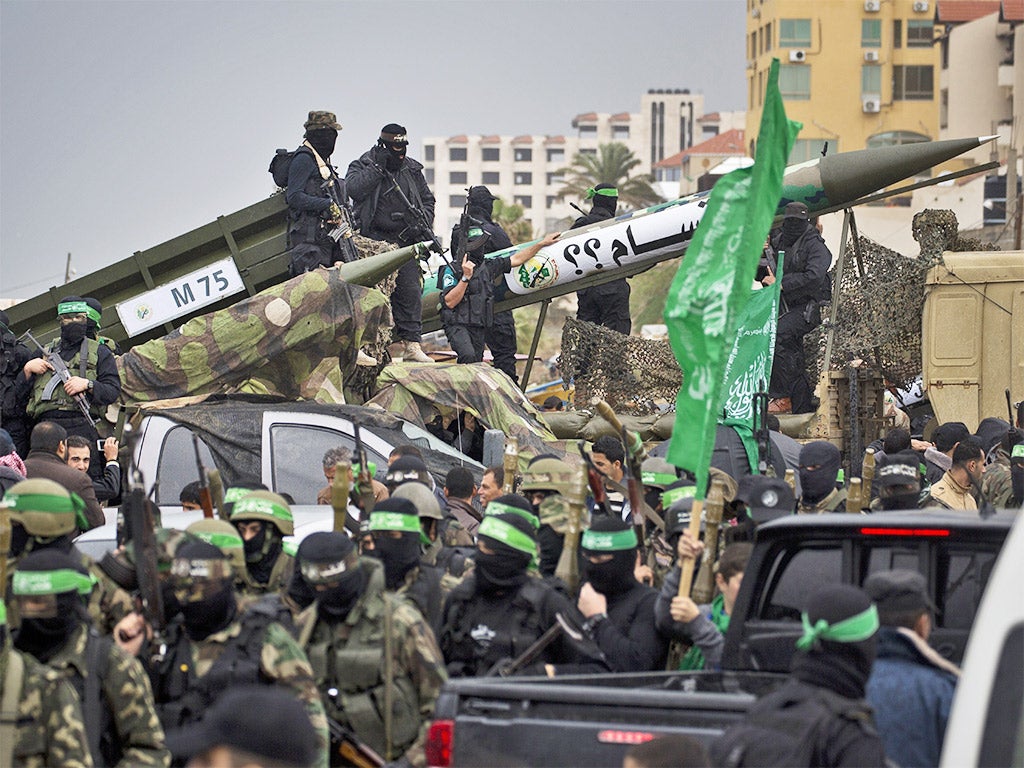
The spokesperson said characterising Black Friday as a direct response to the soldier’s capture ignored the other aims of Operation Protective Edge to stop rocket fire and close tunnels.
“The intensive combat that occurred in Rafah – throughout the conflict, and not just on the dates Amnesty focuses on – were no exception,” he added.
“Entire claims are based on the uncorroborated testimonies of individual Palestinians and unidentified “fieldworkers”, without considering any potential biases or coercion by Hamas authorities, or simply the fact that individuals caught in the middle of combat are limited in their capacity to know the reasons, methodologies and intentions of the fighting parties.”
The Israeli Government published its own report on the 2014 conflict which claimed that Hamas, and not its own forces, violated international law.
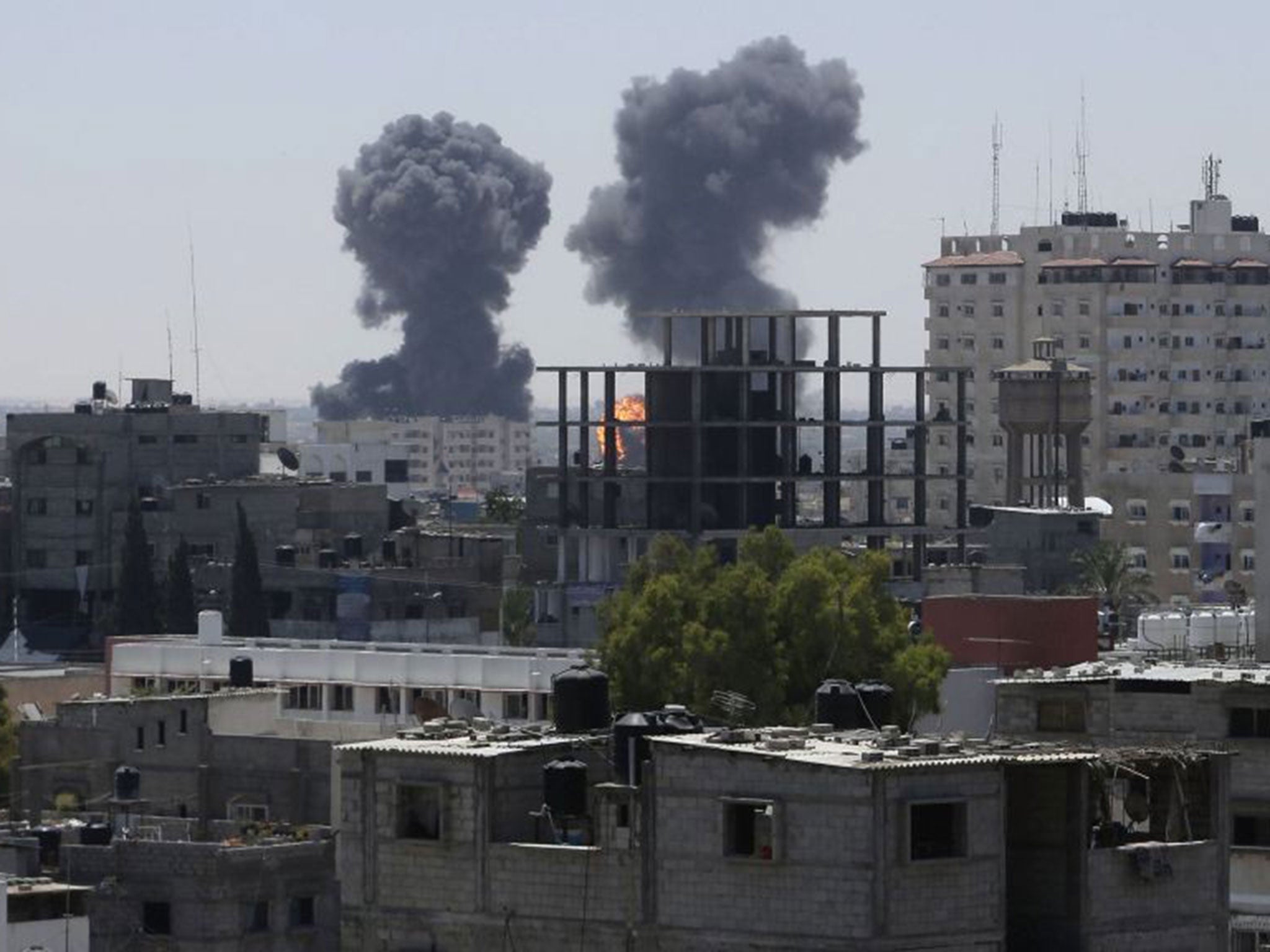
“In contrast to Amnesty’s claims, the IDF – as the military of a democratic state committed to the rule of law – conducts all its operations in accordance with international law,” the spokesperson said.
“Where allegations of misconduct arise, the IDF maintains a robust, effective and thorough mechanism for addressing them… once again Amnesty has shown its compulsive obsessiveness towards Israel, by rehashing already existing claims and complaints into a smoke and mirrors website.”
More than 1,400 Palestinian civilians were killed in the 50 day war, a third of them children, according to a UN report that found "possible war crimes" on both sides.
Subscribe to Independent Premium to bookmark this article
Want to bookmark your favourite articles and stories to read or reference later? Start your Independent Premium subscription today.
Join our commenting forum
Join thought-provoking conversations, follow other Independent readers and see their replies
Comments